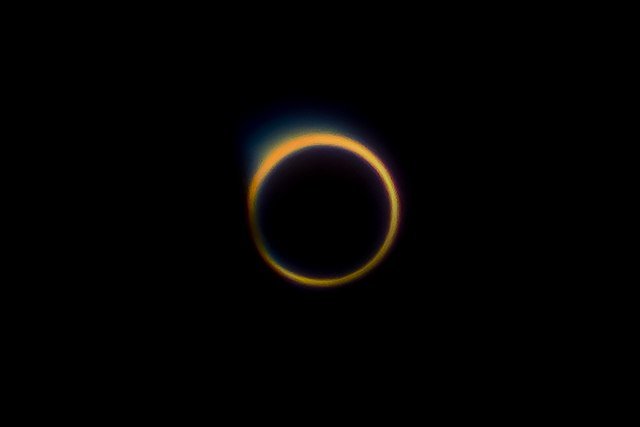4: The Cradle of Stardust
We finally start the tale of Earth’s history from the beginning, in the cold depths of outer space. The Sun is born and the first asteroids assemble. When these asteroids crash into Earth today, they provide time capsules from the beginning of the solar system.
Extra credit: look for the Orion Nebula in the night sky, or go meteorite hunting with a friend.
5: Building the Underworld
How did Earth grow from ant-size to, well… Earth-size? What perils did it face along the way? And how was the early Earth like a fine vinaigrette?
Extra credit: try to freeze a mixture of oil and vinegar before they separate.
8: Bad Moon Rising
Our Moon is unlike any other in the solar system, and the story of its' birth is truly extraordinary. This episode, we'll weigh the evidence for various Moon origin stories alongside Neil Armstrong, George Darwin, and more recent scientists. In the end, truth is stranger than fiction.
Extra credit: Take some time for yourself and have a good long look at the moon.
9: The Great Gig in the Sky
The Earth of 4.5 billion years ago was perhaps the most alien version of our world, thanks to a collision with a rogue planet. Days and nights were six times shorter, the newborn Moon was as close as a weather satellite, and everything was covered with a sea of magma. Today, we learn how the Moon transformed from a giant Eye of Sauron into our pale nighttime companion.
Extra credit: Squeeze a stress ball, eat only one color of candy, and try to solve this week's hidden word puzzle.
14: Waterworld
How did water arrive on planet Earth?
Today, we learn just how much water Earth has (spoiler: probably not as much as you'd think), and where it came from in the first place. We'll take a joyride around the early solar system, learn how our stellar neighborhood is like a snow-capped mountain, and discover how the planet Jupiter might have played a crucial role in creating the oceans of Earth.
Extra credit: Drink some water, make a snowball, or watch the Kevin Costner classic Waterworld.
18: We Are Stardust
How were life’s ingredients assembled billions of years ago?
Today, we journey to the deepest reaches of space to take the first steps from non-living molecules towards life. On the way, we learn what it really means to be organic, how to break a rainbow, and what space smells like.
Extra credit: Separate light using a prism, or cook a steak.
19: The Hitchhiker’s Guide to the Galaxy
How did the ingredients of life arrive on Earth?
Today, we look at how asteroids brought organic material from the depths of space to Earth's surface. On the way, we'll run into an old friend from Episode 4, meet an ancient Greek astronomer, and search for aliens hidden in Antarctic ice.
Extra credit: Eat something with glutamic acid in it- meat, mushrooms, or soy sauce. Extra extra credit if you can have all three at once.
28: The Dark Side of the Sun
How has the Sun changed over the past 4 billion years?
While the Sun may seem unalterable, it has brightened dramatically over Earth's history, with major implications for our world. Today, we'll meet a team of women who catalogued thousands of stars in the 1800s, play in a galactic ball pit, and puzzle over a cosmic paradox alongside Carl Sagan.
Extra Credit: Watch Cosmos (1980)
29: The Goldilocks Planet
If the sun was dimmer 4 billion years ago, how did the Earth stay warm?
Today, we learn how just a small percent of Earth's atmosphere goes a long way in controlling global climate, both today and in the ancient past. Along the way, we'll visit an imaginary frozen Earth without any sun, a hazy giant moon of Saturn, and learn exactly what the greenhouse effect is.
Extra credit: Visit a greenhouse, or find a cleaning product with ammonia.
34: Bombardment
When did the Moon's craters form? Can they tell us any stories about the ancient Solar System?
Today, we'll learn some early explanations for lunar features, meet a "lunatic asylum" of planetary geologists, and learn how the larger planets might have bullied their smaller neighbors.
Extra Credit: Watch Apollo 13, or The Right Stuff.
35: The Man in the Moon
How did the Man in the Moon form? What does the Moon's Far Side look like?
Today, we'll learn about the most visible remnant of the ancient world- the pattern of dark lunar rocks that stares down on us each night. On the way, we'll hitch a ride with a flying fax machine, play a game with crystals in magma, and learn why bananas are slightly radioactive (and why that doesn't really matter).
Extra Credit: Try to send me a fax, or just eat a banana.










